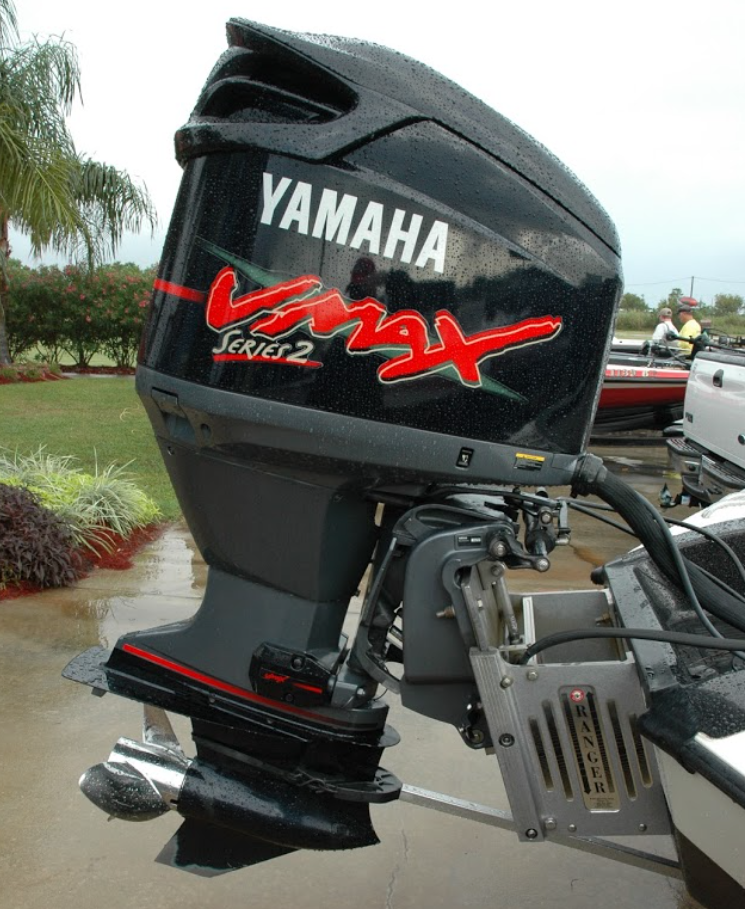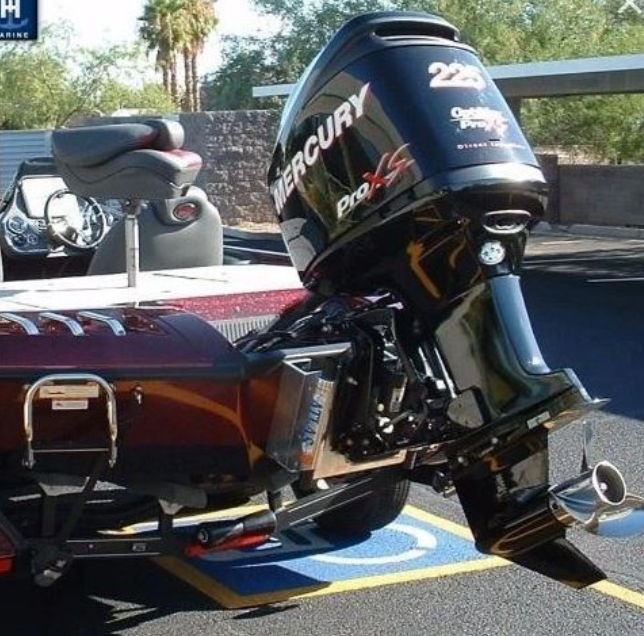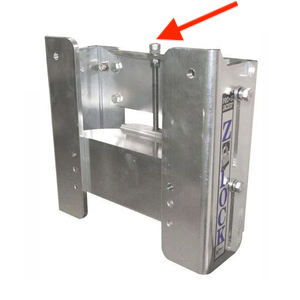The Benefits of Jackplates
By Frank Sargeant
For those who love shallow-water flats fishing, chasing bass in freshwater or just want to improve the performance of an outboard-powered boat, a hydraulic jackplate is now just short of being standard equipment. The ability to elevate the lower unit of an outboard at the touch of a button greatly increases the functionality and versatility of a rig, and it will also save an owner fuel if he makes a lot of long runs.
First, though, let’s answer the most obvious question: is a jackplate necessary when a motor already has a tilt and trim button?
The T&T function is surely useful, but since it tilts the motor at an angle, it changes the dynamics between the prop and the hull. This can be good, as when a driver wants to push the transom up fast for planing or trim the bow up for best speeds or down for a smoother ride in rough water.
But when a captain doesn’t want these things to happen — such as when motoring across very shallow water — then a hydraulic jackplate is worth every penny of the $800 to $1,500 you’ll pay for it. The jackplate elevates the motor vertically and can maintain the running angle set by the trim, even as the prop is raised between 4” (10.16 cm) and 8” (20.32 cm).
Raising the motor obviously allows crossing shallower water at any speed. For those of us who spend most of our time crossing the shallows, this is the primary reason to spend the money. It begs the question: why not just mount the motor at maximum elevation on the transom and save the cost of the jackplate? Many boaters do, particularly with smaller rigs. But on most boats, the lower unit needs to be deeper in the water for an effective hole shot. With the hydraulic plate, the motor can be lowered at the touch of a button. Then, once the boat jumps up on top, the driver can elevate the motor, resulting in minimal running draft. The higher engine position also improves performance — higher top speed, and/or better fuel economy.
And, where there’s no seagrass or other significant bottom ecology to damage, the jackplate can be used to raise the prop upward before takeoff and sort of “ooze” on to plane by gradually increasing the rpm. This works far better with a jackplate than with the trim on an outboard because the plate won’t push the transom down as power is increased. It lets the boat plane off in water that’s too shallow otherwise, and this simple fact has sold a lot of jackplates.
The Advantage of Setback
Jackplates also offer “setback”; the space between the motor-mounting plate of the jackplate and the transom. Minimal setback, the amount needed simply to allow space for the sliding plates, is a little under 4” (10.16 cm) on most plates. But you can get plates with setback up to 12” (30.48 cm) and for some boats, this can greatly improve performance. The farther back the motor sits, the “cleaner” the water reaching the prop is as it flows out from under the hull. The hull of a boat pushes down the surface of the water as it passes, and if the prop sits directly behind the hull, it has to be lowered below the bottom to get a bite on the water.
Setting it back several inches lets the prop operate in water where the surface has returned to its normal level, and this means the prop can be raised higher relative to the hull. The shallower the prop and lower unit are, the less drag they create and the better a boat’s performance will be. The prop also gets a better bite on this undisturbed water, it’s a win-win. An owner will see better fuel economy in the mid-ranges, and a notable improvement in top-end speeds as well on many performance-type hulls with adequate power. Many performance boats eliminate steering wheel torque, as well, as the motor is elevated, a biggie if a boat runs more than 50 mph, as all performance bass boats do.
What’s more, the setback also effectively lengthens a boat. Setting the motor farther back should improve the ride in a chop coming at the bow. And setting the motor aft of the transom also accentuates the effect of the trim system, making it easier to drop the bow to soften upcoming waves, or elevate it high, in flat water, to increase speed.
A fast-moving jackplate (Bob’s Machine, among others, features a full drop in less than 7 seconds) can even act as a brake when there’s a need to slow down fast. It’s not as immediate as putting on the brakes in a car, but it definitely cuts many yards off your stopping distance.
Ancillary Benefits
Another benefit of a jackplate is that the outboard can be used as a makeshift Powerpole over sand bottom; just drop it down until the skeg sticks in the sand and the boat is anchored.
Many jackplates feature a measuring rule on the motor mount. It tells how high the motor has been raised at a glance. Or, an owner can spend a few extra bucks for an LED indicator that mounts on your dash — this lets an operator quickly put the motor at the settings that work best for takeoff, mid-range, or full speed.
Manual Jackplates
A boater can gain some of the advantages of a hydraulic jackplate with a much-less-expensive manual jackplate. The manual versions cost around $125 to $350 and give the setback and preset elevation off the transom. These can provide the same top-end performance boost that comes with a hydraulic system, but the advantages are on the low end and can actually make the holeshot worse. It’s sort of like putting on a higher pitch prop, which can improve both top speed and fuel economy, but at the expense of the takeoff.
Manual jackplates also offer “wedge,” which is the angle at which the outboard sits relative to the transom. Adding more wedge pushes the top of the motor mount out and pulls in the lower unit closer to the bottom of the transom. This can improve holeshot and rough-water ride because the angle is going to push the transom up, the bow down. Or with a no-wedge plate, the trim can be used to raise the motor higher, which can increase top speed.
Some manual jackplates are designed to be adjusted from inside the boat while the rig is in the water. These obviously make tweaking the setup easier than models that require the rig to be put on the trailer to change the adjustment, but either way can improve a boat’s performance and shallow water operation.
When it comes to installation, the job is a simple bolt-on, but a DIYEr or technician needs the ability to lift a motor that weighs between 300 lbs. (136.08 kg) and 600 lbs. (272.16 kg) or more off the transom safely, then easing it back into place at just the right angle. It’s safer and a whole lot easier to have a dealer do it. The job typically takes a few hours and costs around $150 to $200. It might be worthwhile to add a low-water pickup to the outboard’s lower unit; otherwise, it’s possible to run the motor so high that it loses water pressure, heats up, and makes expensive noises.




